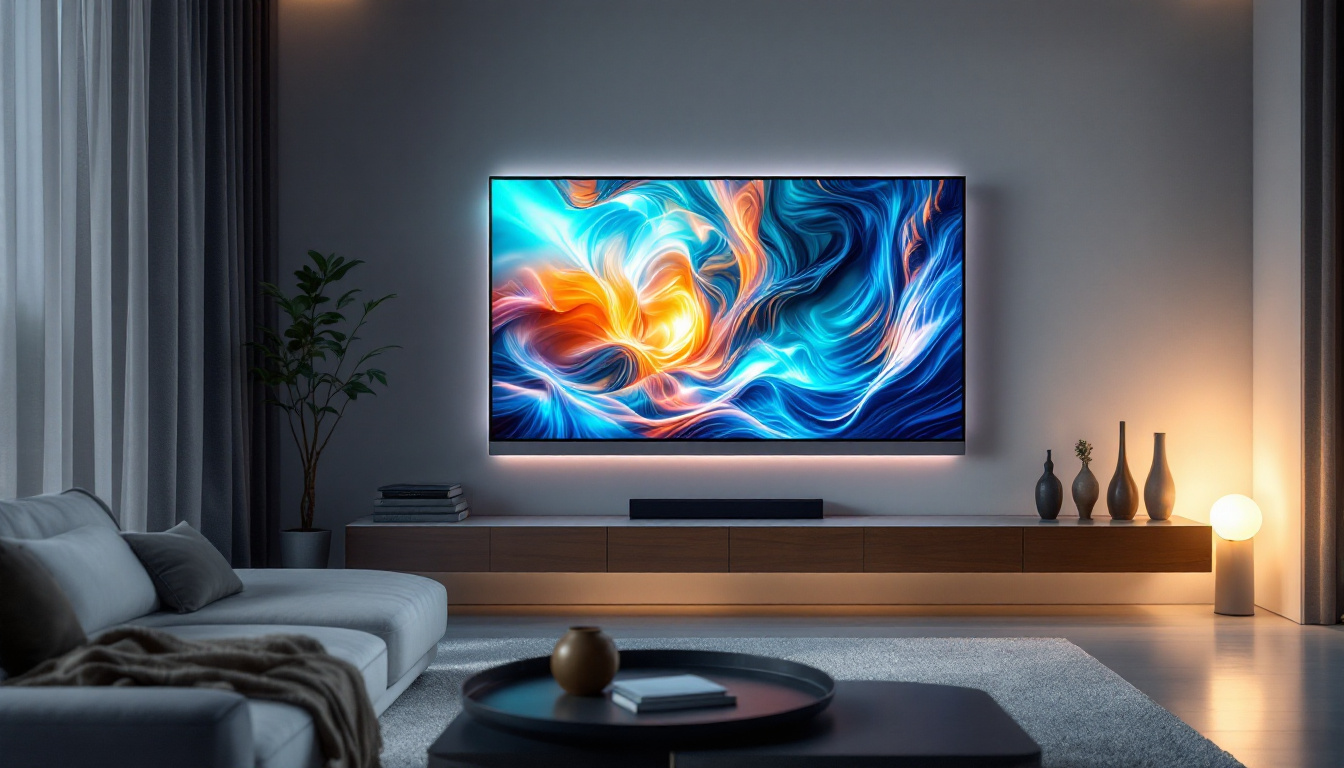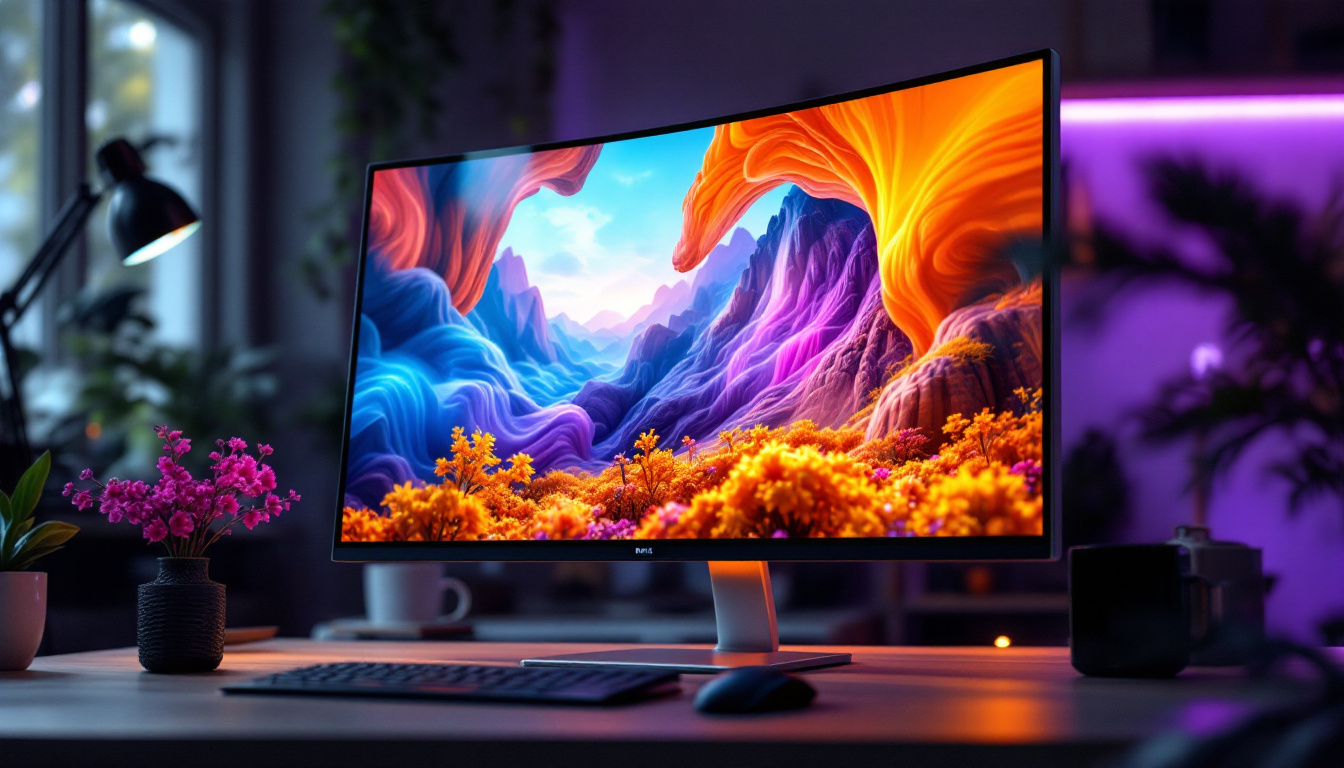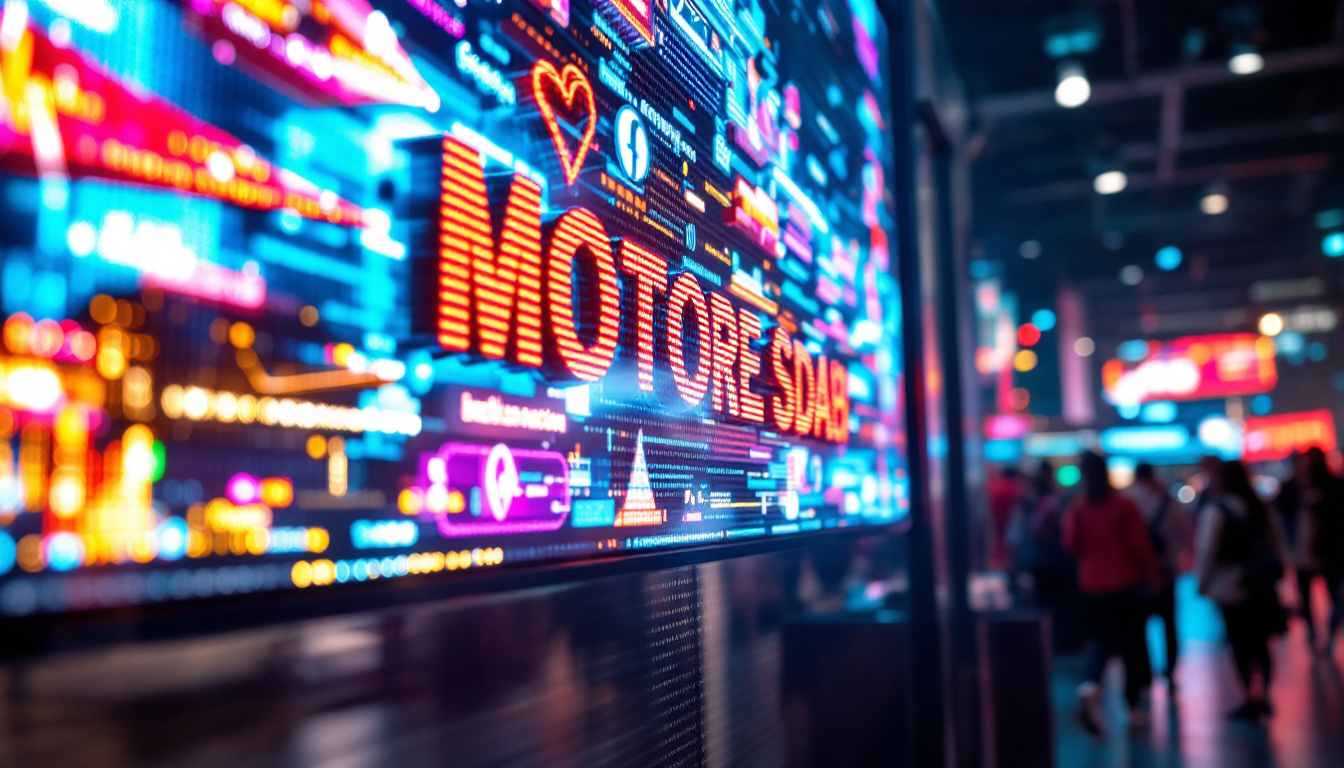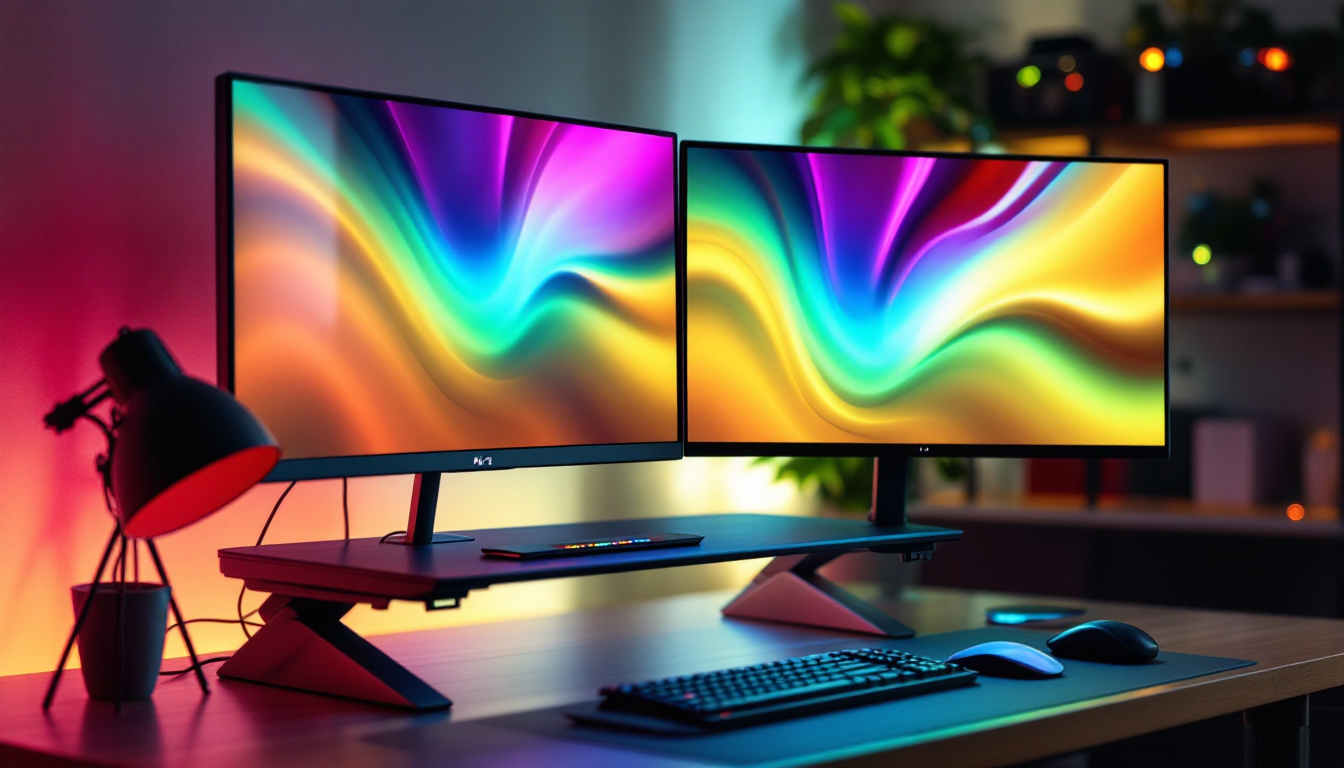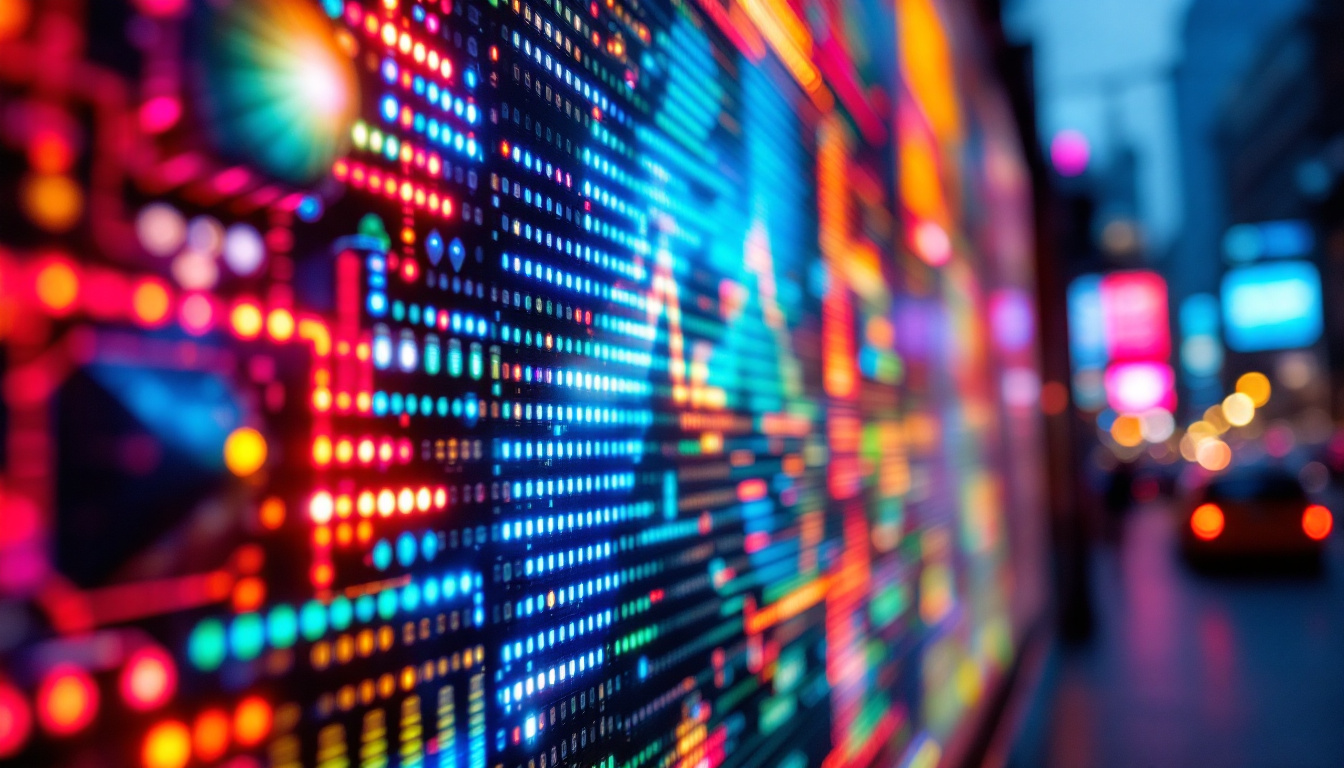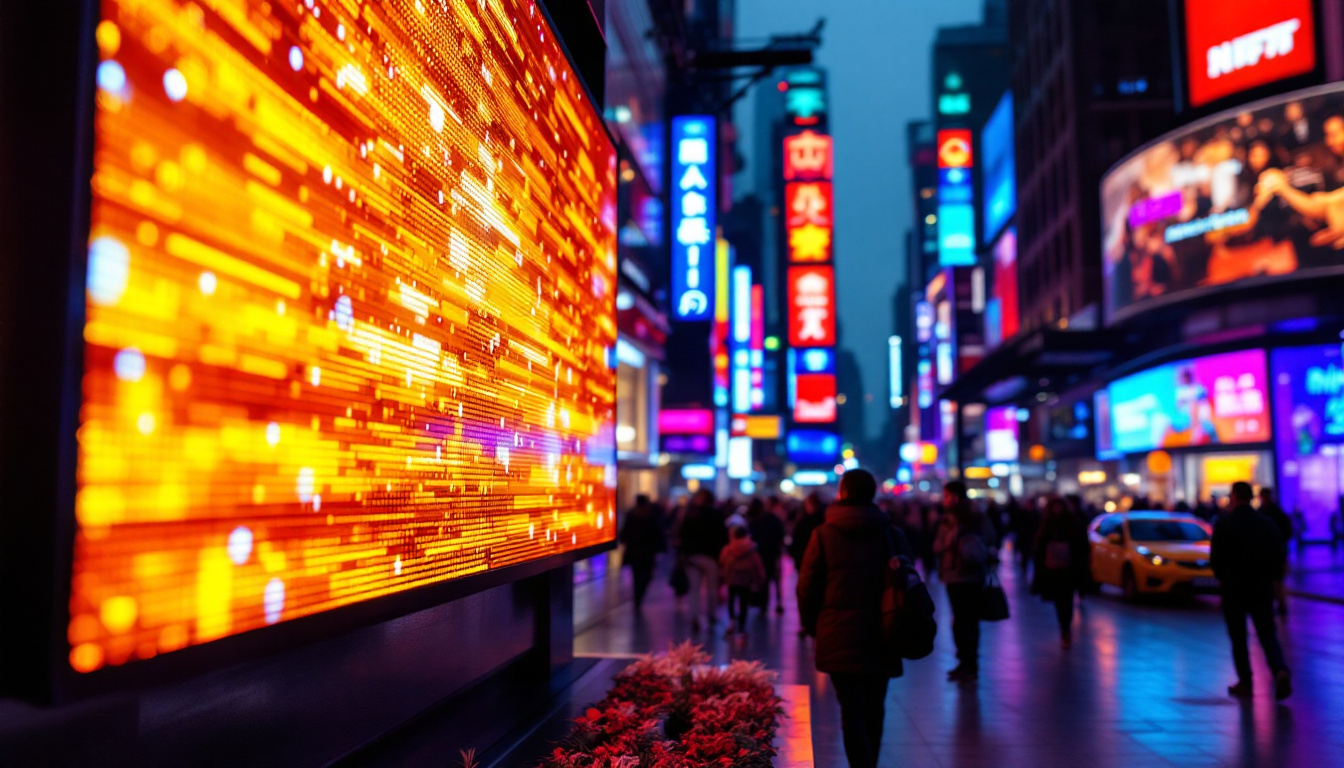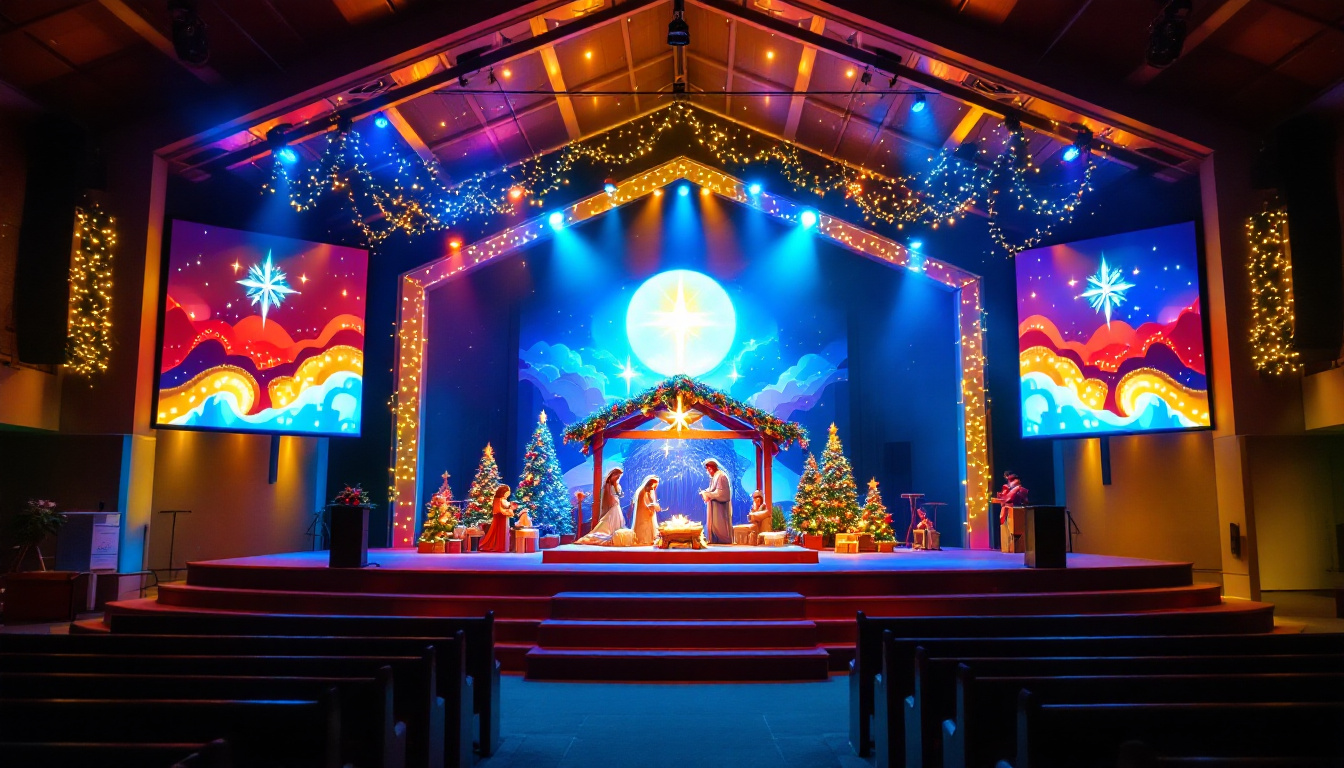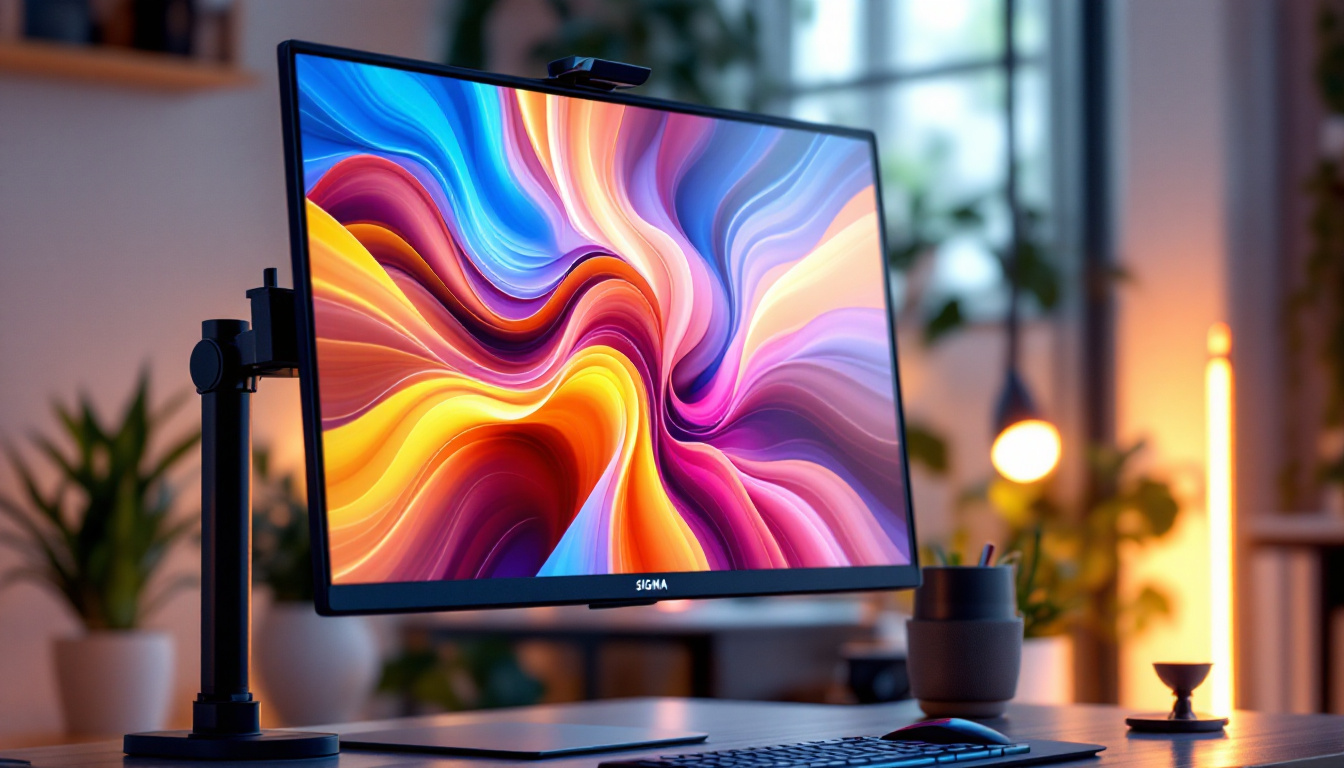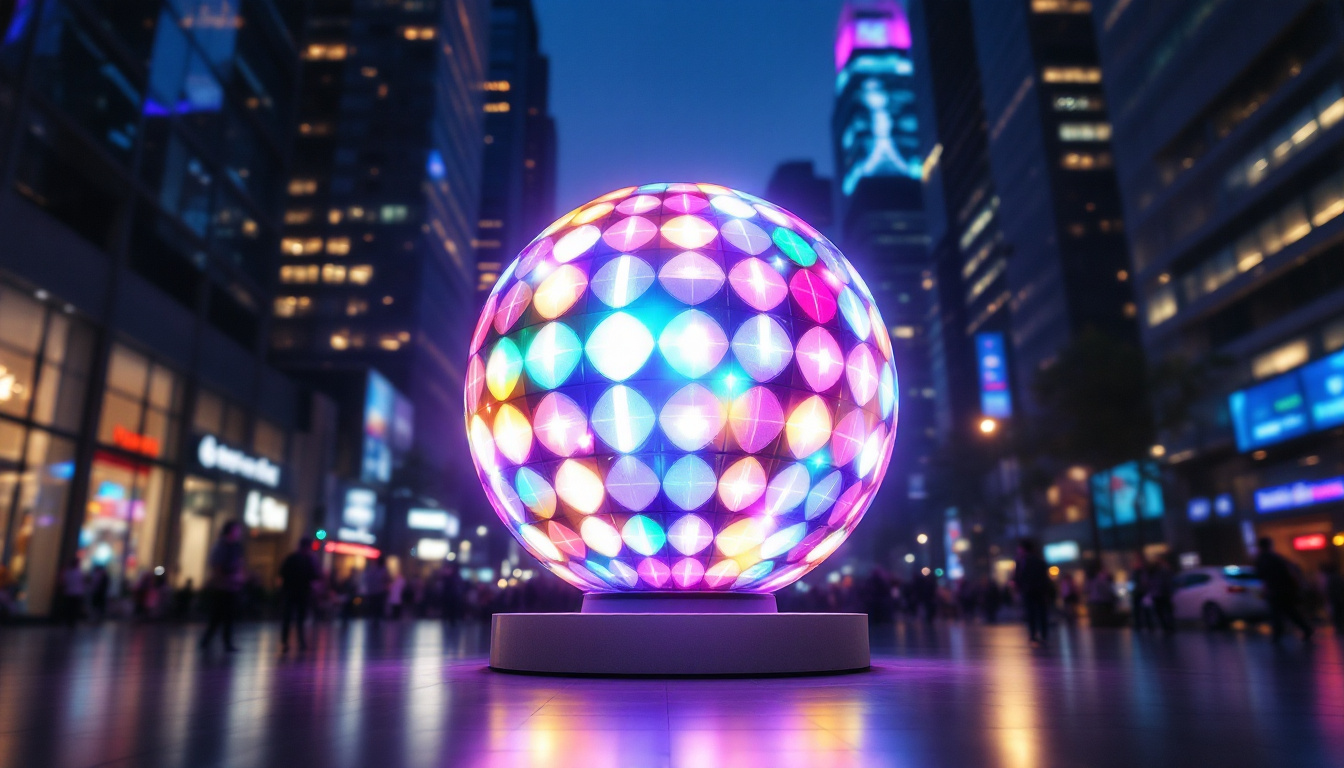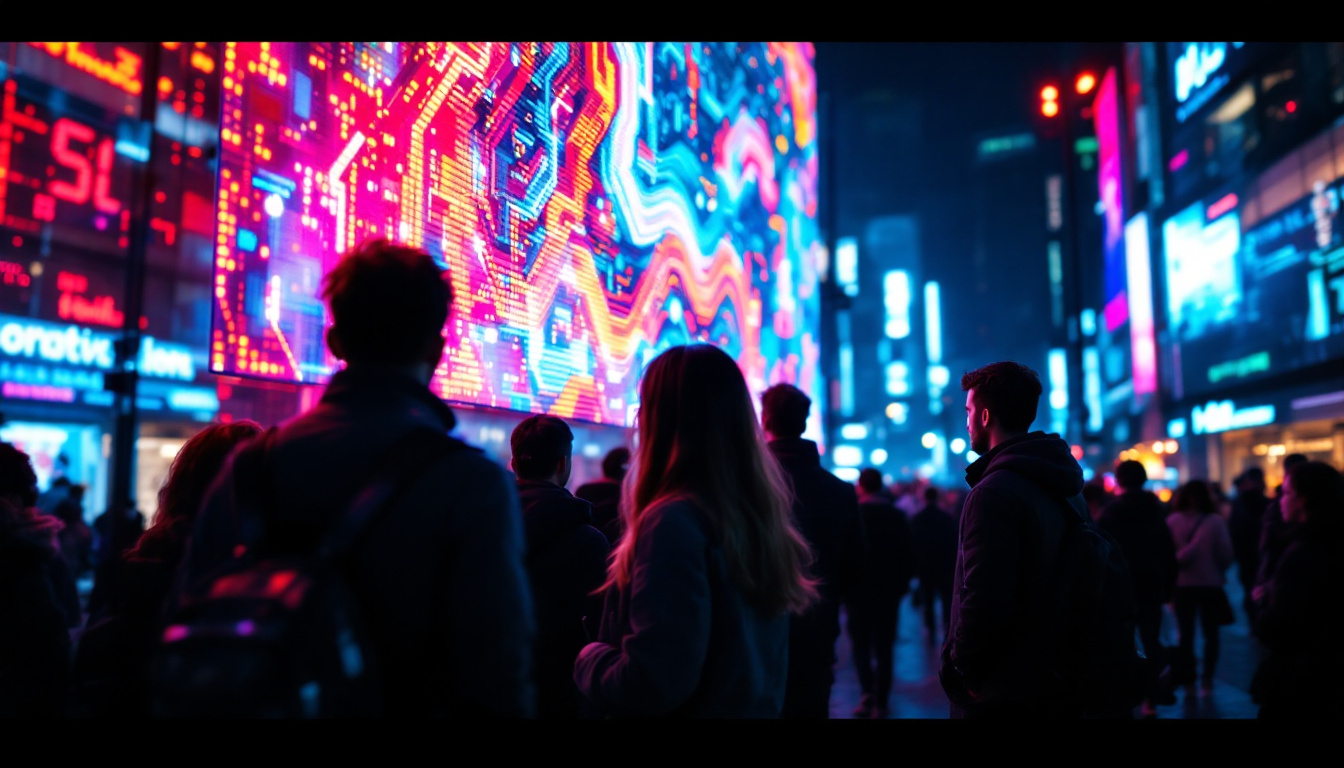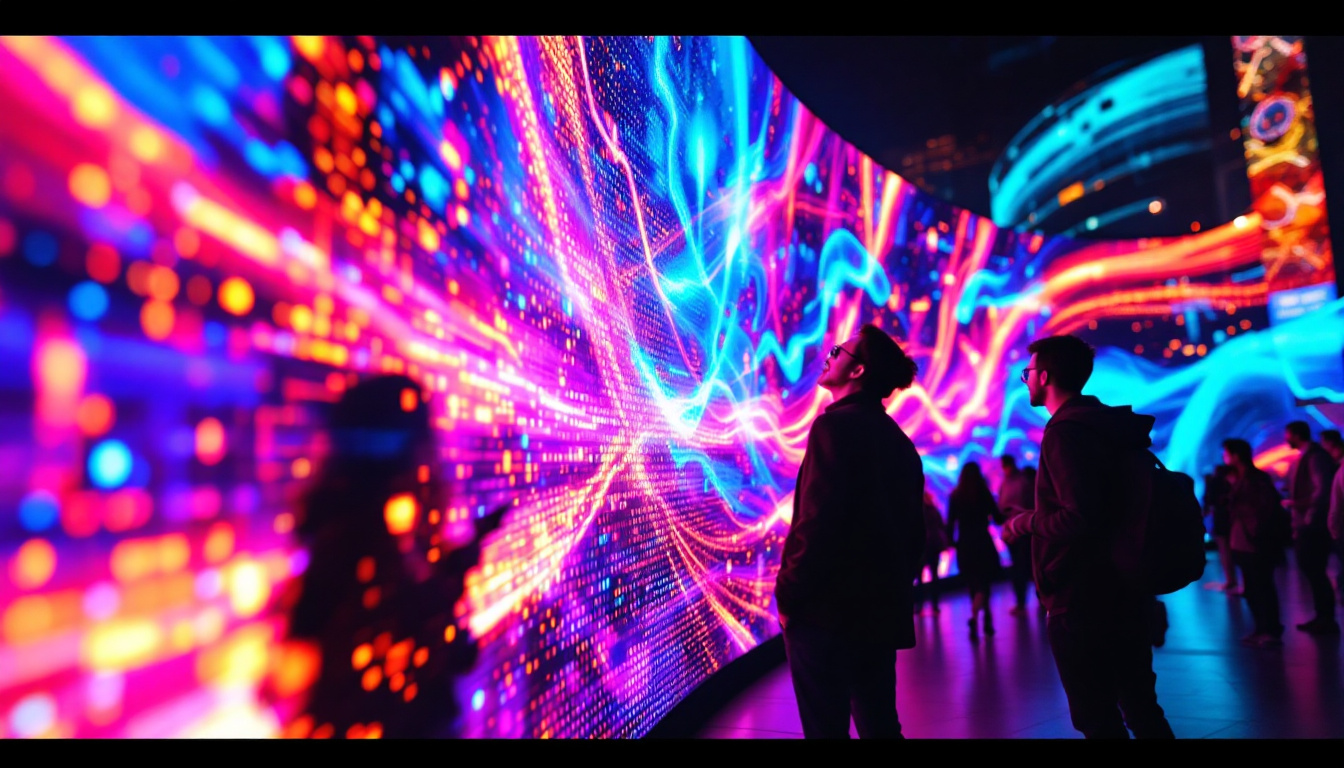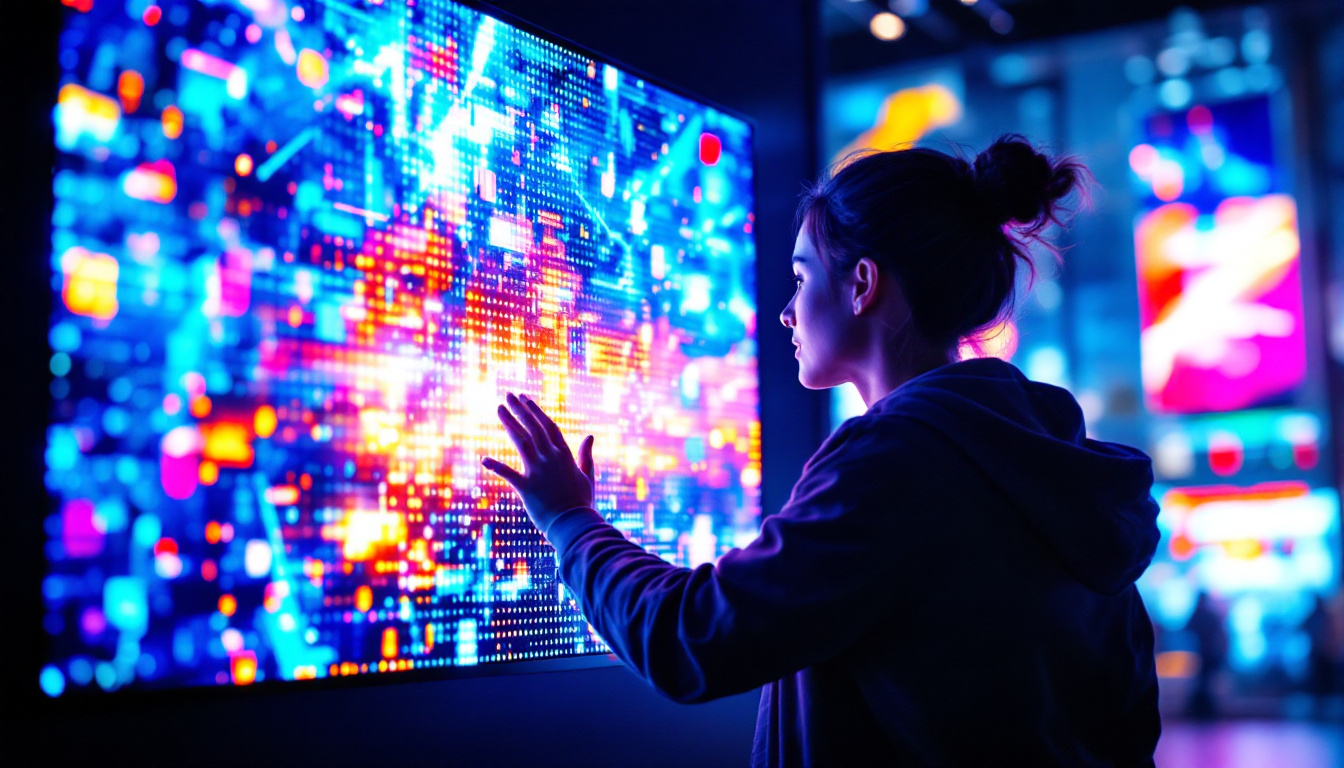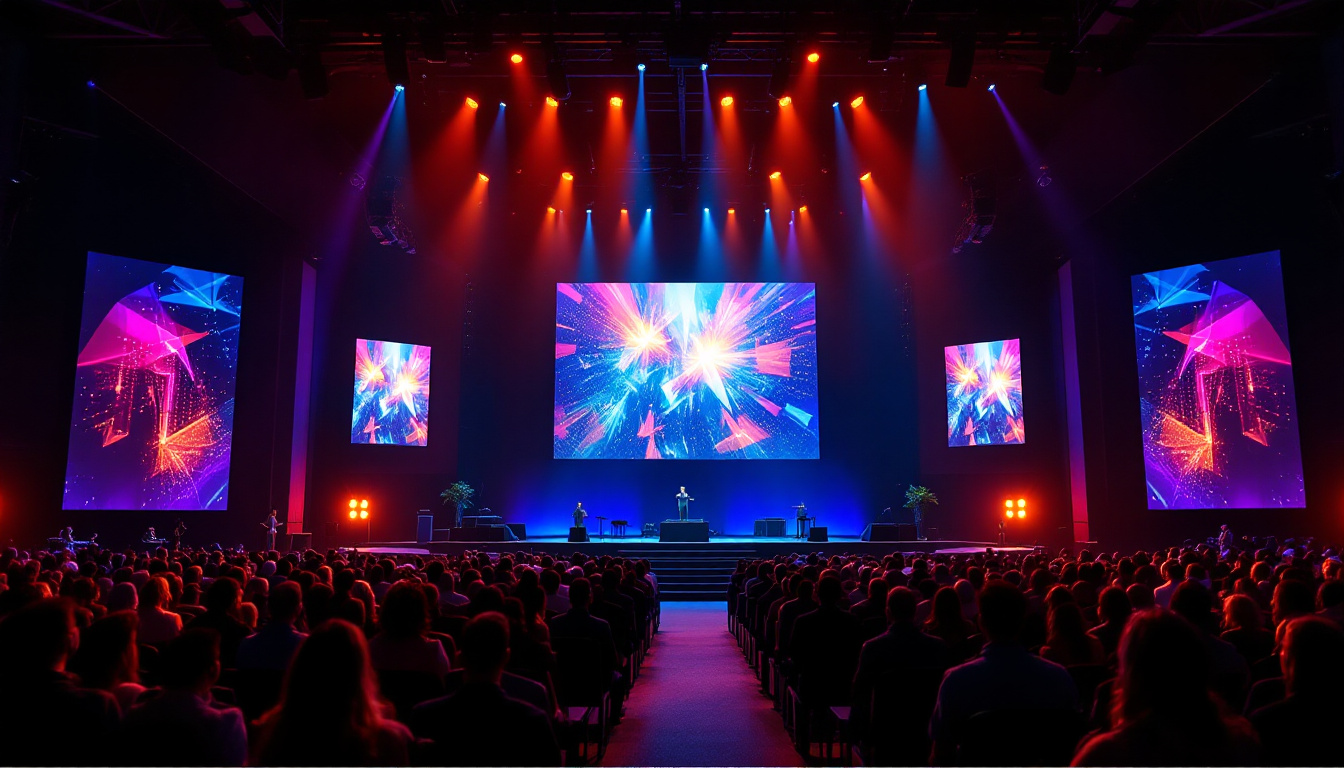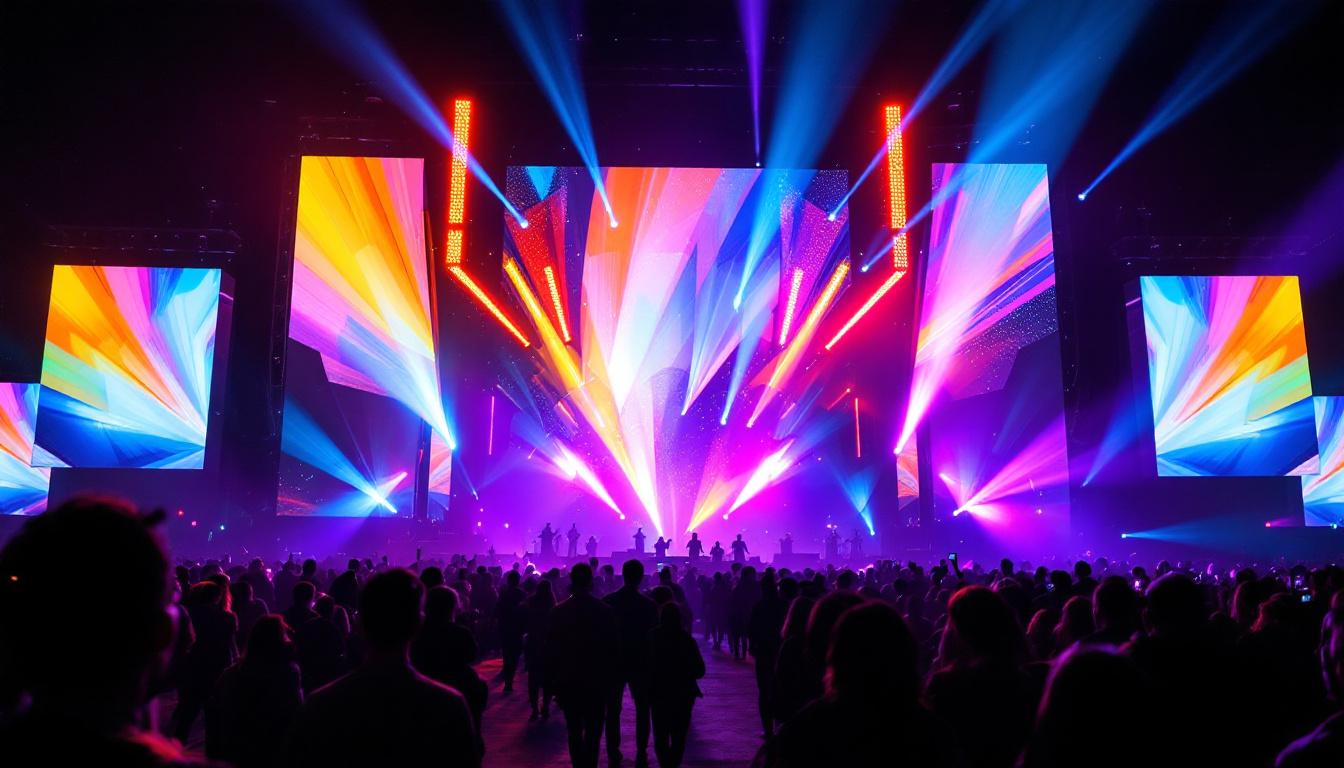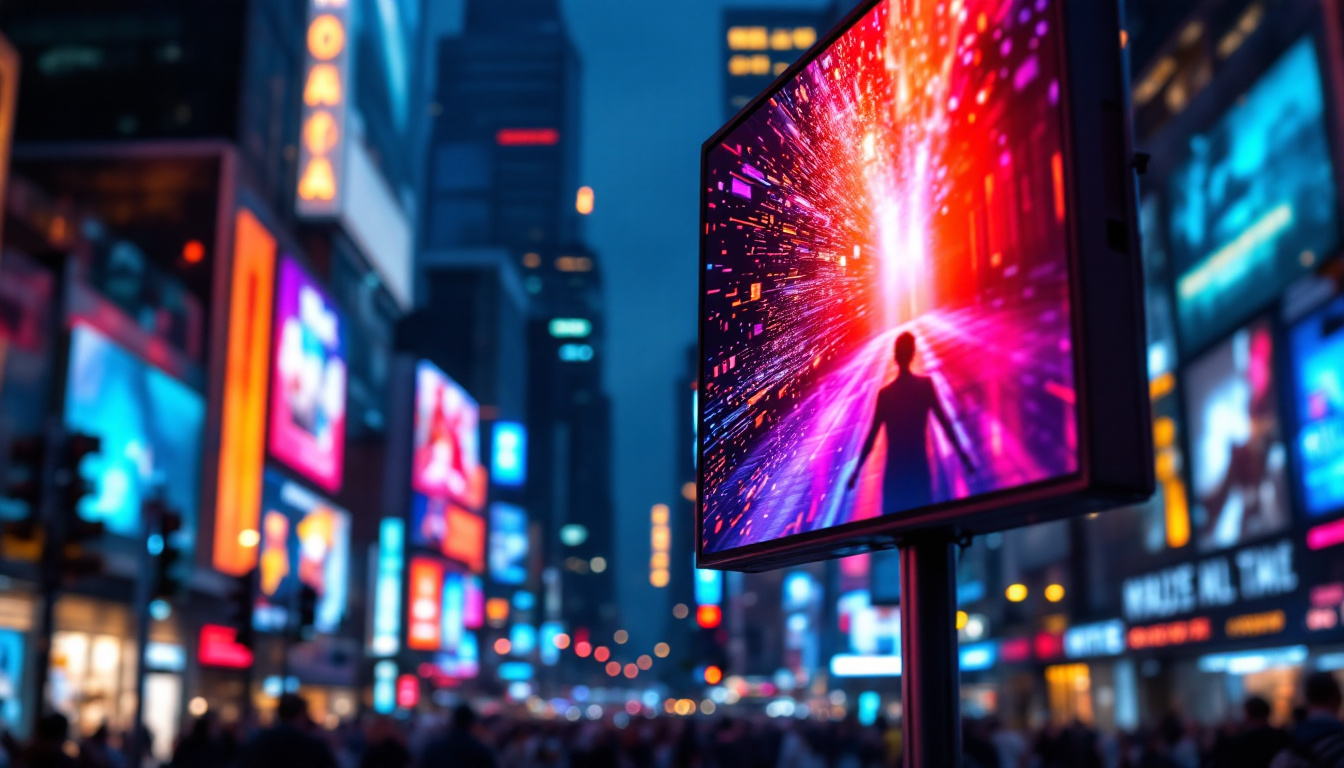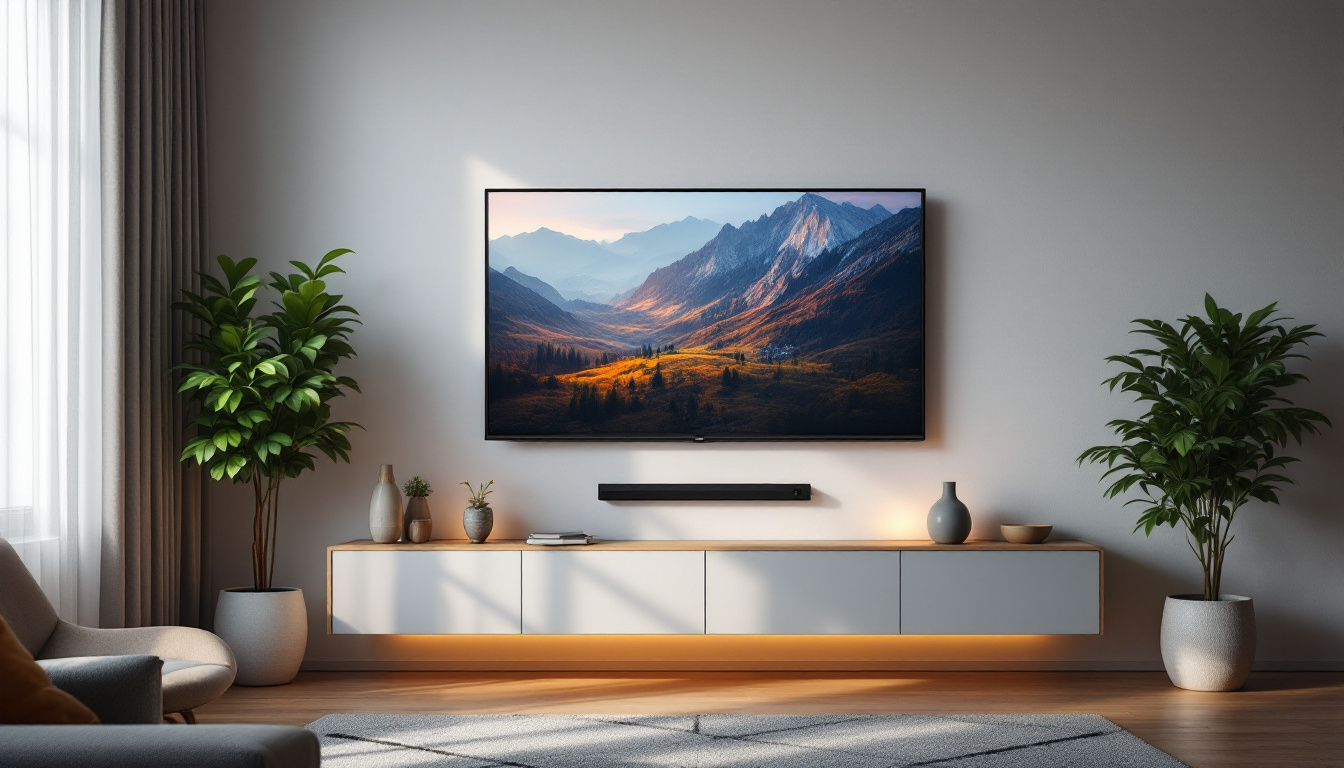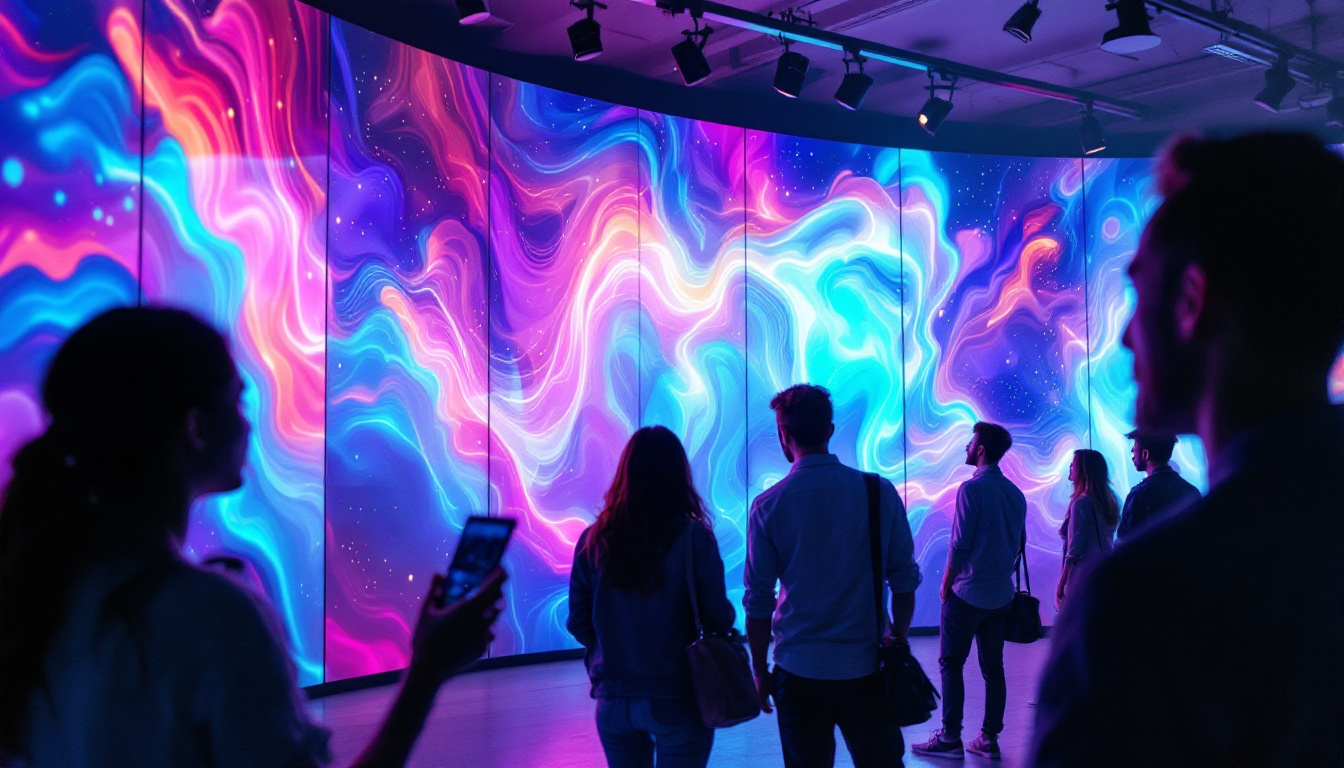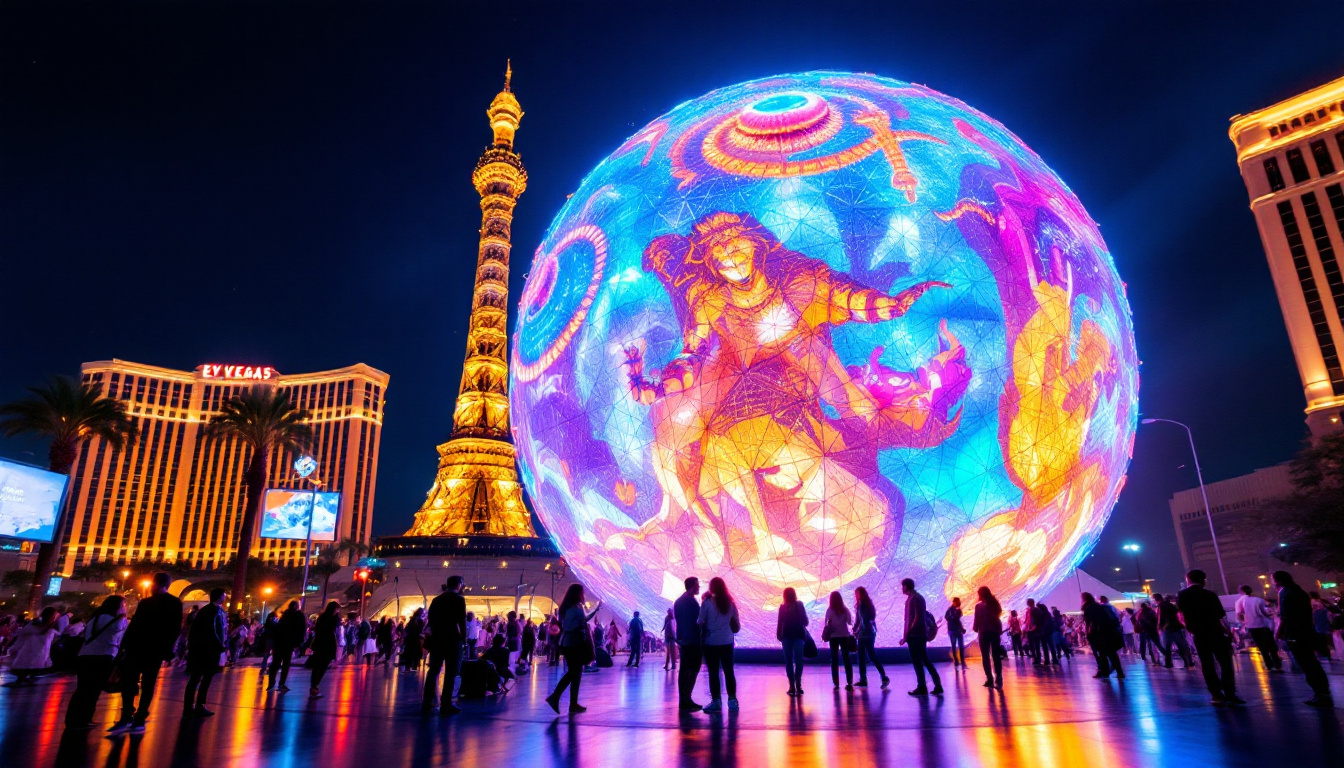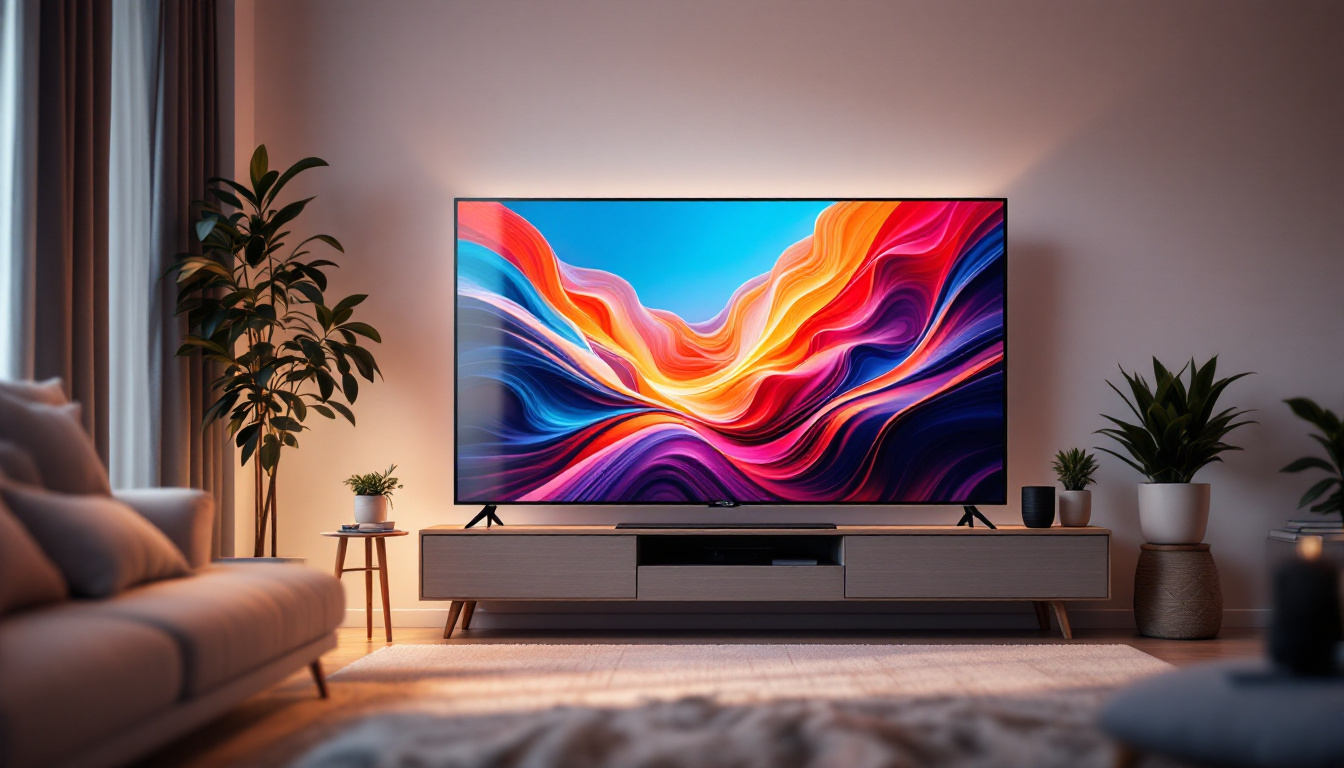In the vibrant world of entertainment and advertising, LED displays have become a cornerstone of visual communication. Among the most iconic examples of this technology is the Ball Vegas LED display, which has captivated audiences with its stunning visuals and dynamic content. This article delves into the intricacies of LED displays, focusing on the Ball Vegas installation, its technology, applications, and the impact it has on the entertainment landscape.
Understanding LED Technology
Light Emitting Diode (LED) technology has revolutionized the way visuals are presented. Unlike traditional lighting methods, LEDs are compact, energy-efficient, and offer a wide range of colors and brightness levels. This section explores the fundamental aspects of LED technology that contribute to its popularity in large-scale displays.
How LEDs Work
At the core of LED technology is the semiconductor material that emits light when an electric current passes through it. This process, known as electroluminescence, allows for precise control over brightness and color. Each LED is typically composed of a chip encased in a plastic or glass housing, which helps to focus and diffuse the light emitted.
The combination of red, green, and blue (RGB) LEDs can create a full spectrum of colors. By adjusting the intensity of each color, a wide array of hues can be produced, resulting in vivid and dynamic displays. This color mixing capability is essential for creating the vibrant visuals that audiences have come to expect from modern LED displays. Furthermore, advancements in technology have led to the development of white LEDs, which utilize phosphor coatings to produce a bright, warm light that closely resembles natural daylight, enhancing the viewing experience in various settings.
Advantages of LED Displays
LED displays offer numerous advantages over traditional display technologies. One of the most significant benefits is their energy efficiency. LEDs consume less power than incandescent or fluorescent lights, making them a more sustainable option for large installations.
Additionally, LED displays are known for their durability and longevity. They can withstand harsh weather conditions, making them suitable for both indoor and outdoor applications. The modular nature of LED panels also allows for easy repairs and upgrades, ensuring that displays can be maintained without significant downtime. Moreover, LED technology generates less heat compared to other lighting solutions, which not only contributes to energy savings but also reduces the need for extensive cooling systems in large installations. This characteristic further enhances the overall efficiency and reliability of LED displays, making them an ideal choice for venues ranging from concert halls to sports arenas.
The Ball Vegas LED Display
The Ball Vegas LED display is a prime example of how LED technology can be harnessed to create captivating visual experiences. Located in the heart of Las Vegas, this display has become a landmark, attracting visitors from around the world. Understanding its design and functionality provides insight into its impact on the surrounding environment.
Design and Specifications
The Ball Vegas LED display is an engineering marvel, featuring a massive surface area that allows for high-resolution imagery and video playback. Its design incorporates thousands of individual LED modules, arranged in a grid pattern to create a seamless visual experience. This setup enables the display to showcase intricate graphics, animations, and live feeds with stunning clarity.
With a pixel pitch that allows for close viewing distances, the display ensures that every detail is sharp and vibrant. The use of advanced technology, such as high dynamic range (HDR) and wide color gamut (WCG), enhances the visual quality, making it a favorite among advertisers and event organizers. The structure is not only designed for aesthetics but also for durability, with weather-resistant materials that withstand the harsh desert climate, ensuring it remains a captivating sight year-round.
Content and Programming
The content displayed on the Ball Vegas LED screen is as diverse as the city itself. From advertisements for luxury hotels and casinos to live event broadcasts, the programming is designed to engage and entertain. The flexibility of LED technology allows for real-time updates, ensuring that the content remains fresh and relevant.
Moreover, the display can be synchronized with music and other multimedia elements, creating immersive experiences for viewers. Special events, such as New Year’s celebrations or major concerts, often feature customized content that transforms the display into a dynamic canvas of light and color. In addition to commercial advertising, the display also serves as a platform for public service announcements and community events, fostering a sense of connection among locals and tourists alike. This multifaceted approach not only enhances the vibrancy of the Las Vegas Strip but also reflects the city’s commitment to innovation and creativity in entertainment.
Applications of LED Displays
The versatility of LED displays extends beyond entertainment. Various industries have embraced this technology for its effectiveness in communication and branding. This section explores some of the key applications of LED displays, including advertising, sports, and public information systems.
Advertising and Branding
One of the most prominent uses of LED displays is in advertising. Businesses leverage the eye-catching nature of these displays to capture the attention of potential customers. The ability to change content quickly allows advertisers to promote special offers, new products, and events in real time.
In high-traffic areas, such as Las Vegas, LED displays serve as digital billboards, providing brands with a platform to reach a large audience. The combination of motion graphics, vibrant colors, and strategic placement ensures that advertisements stand out, increasing brand visibility and engagement.
Sports and Entertainment Venues
LED displays have become a staple in sports arenas and entertainment venues. They enhance the spectator experience by providing live game updates, replays, and interactive content. The ability to display multiple feeds simultaneously allows fans to stay informed and engaged throughout the event.
In addition to enhancing the viewing experience, LED displays are often used for sponsorship activation, allowing brands to gain exposure during high-profile events. This integration of advertising and entertainment creates a win-win situation for both teams and sponsors.
Public Information Systems
Beyond commercial applications, LED displays play a crucial role in public information systems. Transportation hubs, such as airports and train stations, utilize LED screens to convey important information to travelers, including flight schedules, delays, and safety announcements.
These displays can also be found in public spaces, providing real-time updates on weather, news, and community events. The clarity and visibility of LED technology ensure that information is easily accessible, enhancing public safety and awareness.
The Impact of LED Displays on Society
The rise of LED displays has had a profound impact on society, influencing how information is communicated and consumed. This section examines the broader implications of this technology, from cultural shifts to environmental considerations.
Cultural Influence
LED displays have transformed urban landscapes, becoming iconic symbols of modernity and progress. Cities like Las Vegas have embraced this technology, creating a unique identity that attracts tourists and residents alike. The visual spectacle of LED displays contributes to the cultural fabric of these cities, shaping perceptions and experiences.
Moreover, the use of LED technology in art installations has opened new avenues for creative expression. Artists are experimenting with light and motion, creating immersive experiences that challenge traditional notions of art. This fusion of technology and creativity has sparked conversations about the role of digital media in contemporary culture.
Environmental Considerations
While LED displays offer numerous benefits, it is essential to consider their environmental impact. The production and disposal of electronic components can contribute to e-waste, posing challenges for sustainability. However, the energy efficiency of LED technology helps mitigate some of these concerns.
Many manufacturers are now focusing on sustainable practices, utilizing recyclable materials and reducing energy consumption during production. Additionally, the longevity of LED displays means that they require less frequent replacement, further minimizing their environmental footprint.
The Future of LED Displays
The future of LED displays looks promising, with ongoing advancements in technology and design. As the demand for high-quality visual experiences continues to grow, innovations in LED technology are expected to evolve rapidly. This section explores some of the trends shaping the future of LED displays.
Advancements in Technology
Emerging technologies, such as microLED and organic LED (OLED), are set to revolutionize the display industry. MicroLED technology offers improved brightness and color accuracy, while OLED provides enhanced contrast and flexibility in design. These advancements will enable even more immersive and visually stunning displays.
Additionally, the integration of artificial intelligence (AI) and machine learning into display technology will allow for smarter content management. This means that displays can adapt to viewer preferences and environmental conditions, creating personalized experiences that resonate with audiences.
Integration with Augmented Reality
The convergence of LED displays and augmented reality (AR) presents exciting possibilities for interactive experiences. As AR technology becomes more accessible, it can be integrated with LED displays to create dynamic environments that blend the physical and digital worlds.
This integration could transform how events are experienced, allowing for interactive storytelling and immersive marketing campaigns. The potential for engagement and creativity is virtually limitless, paving the way for a new era of visual communication.
Conclusion
The Ball Vegas LED display exemplifies the power of LED technology in shaping modern visual experiences. From its intricate design and dynamic content to its applications in advertising and public information, LED displays have become integral to the way society communicates and interacts.
As technology continues to evolve, the future of LED displays promises even more innovative and immersive experiences. The impact of this technology on culture, advertising, and public information systems will undoubtedly shape the landscape of visual communication for years to come.
In an age where attention is a precious commodity, LED displays like Ball Vegas stand out as beacons of creativity and engagement, inviting audiences to experience the world in a new light.
Discover LumenMatrix LED Display Solutions
As you’ve seen with the Ball Vegas LED display, the potential of LED technology to transform spaces and captivate audiences is immense. LumenMatrix stands at the forefront of this innovation, offering a wide array of LED display solutions that bring your vision to life. Whether you’re looking to enhance brand visibility with an Outdoor LED Wall Display, create interactive environments with a Floor LED Display, or revolutionize your event with a Custom LED Display, LumenMatrix has the expertise to exceed your expectations. Check out LumenMatrix LED Display Solutions today and step into a world where your message shines brightest.


